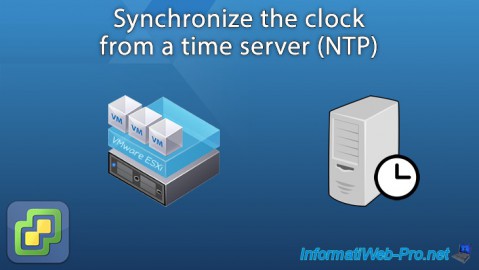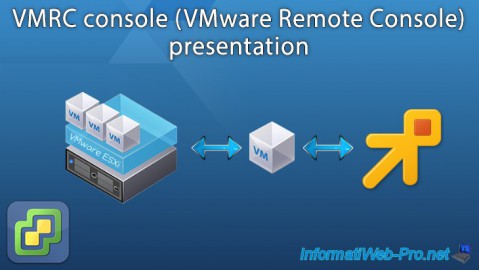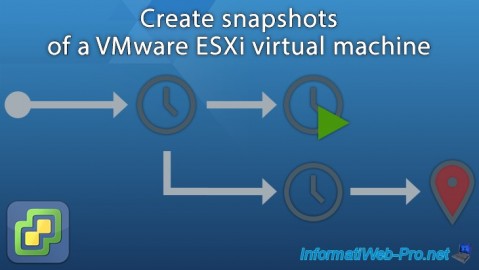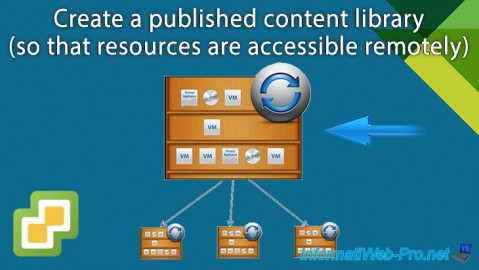Enable vSphere FT on a cluster to benefit from fault tolerance on a VM in a VMware vSphere 6.7 infrastructure
- VMware
- VMware vCenter Server (VCSA), VMware vSphere
- 07 March 2025 at 09:27 UTC
-

- 4/6
9. Migrate the main virtual machine (protected by Fault Tolerance)
To migrate the primary VM, select it and then use the usual VM migration menu.
Otherwise, you can also go to the "VM" tab of the host where it is located.

Next, right-click “Migrate” on your virtual machine “[VM name] (primary)”.

As explained at the beginning of this tutorial, when you enable vSphere Fault Tolerance (FT) on a virtual machine, you cannot use "storage vMotion" to migrate its storage.
The only migration option available for virtual machines protected by vSphere Fault Tolerance (FT) is therefore "Change compute resource only".

Select the host where you want to move the execution of this virtual machine.
In our case, we select the "esxi2" host.
Important : you cannot migrate the primary VM to the host where the secondary VM is located.
If you attempt to do so, a message will appear in the "Compatibility" section below.

Select the destination virtual network.

Choose the desired vMotion priority and click Next.

A summary of the migration configuration appears.
Click Finish.

Once the main VM is migrated, you will see that it has changed host.


10. Migrate the secondary virtual machine (created by Fault Tolerance)
By default, when you select your virtual machine, vSphere assumes that you are selecting the primary VM.

To find out where the secondary VM is located, just look at the bottom of this page.
In our case, the location of the secondary VM is: esxi3.informatiweb.lan.

As expected, the virtual machine located on our host "esxi3" is indeed detected as "secondary".

To migrate the secondary virtual machine, use the "Actions" menu of your main VM and click: Fault Tolerance -> Migrate secondary .
Source : Migrate Secondary - VMware Docs.

As explained previously, you cannot use "storage vMotion" on virtual machines managed by vSphere Fault Tolerance (whether primary VM or secondary VM).
You can therefore only migrate the execution of this secondary virtual machine.

Select the host you want this virtual machine to run on and click Next.
When you attempt to migrate a secondary VM, you receive this warning:
Plain Text
No OS client heartbeat is received. Either the client OS is not responding or VMware Tools is not configured correctly.
This warning is completely normal in this case since the secondary VM is not actually running (even though it has a copy of the CPU instructions and a copy of the primary VM's RAM).
You can therefore safely ignore this warning in this case.

Choose the desired vMotion priority and click Next.

A summary of the migration configuration for this secondary VM appears.
Click Finish.

Wait while this secondary VM is migrated.
As you can see, our secondary VM is currently on our host "esxi3" (before migration).

Once the migration of this VM is complete, you can see that it is indeed the secondary VM that has been migrated to our host "esxi1".

If you look at the bottom of your primary VM page, you will see that the location of the secondary VM has changed.

Share this tutorial
To see also
-

VMware 10/28/2022
VMware ESXi 6.7 - Synchronize the clock from a time server (NTP)
-

VMware 11/23/2022
VMware ESXi 6.7 - VMRC console (VMware Remote Console) presentation
-

VMware 9/16/2022
VMware ESXi 7.0 / 6.7 - Create snapshots of a virtual machine
-

VMware 12/6/2024
VMware vSphere 6.7 - Create a published content library

No comment